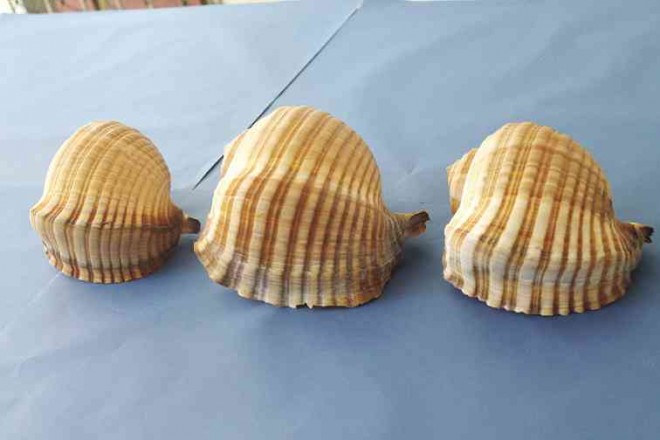Beauty in the beast
The word “freak” is commonly used to refer to a person with a physical deformity or is afflicted with some kind of disfiguring disease or abnormal condition.
The pejorative term is applied to people with something strikingly unusual and extraordinary in their appearance or behavior.
Joseph Merrick, known as the Elephant Man, long suffered the indignity of being displayed and exhibited as a sideshow “freak” or “grotesquerie.”
“Freak” is also the word used to describe certain genetic mutations in plants and animals—so-called “freaks of nature.”
Discovered in 1797 in the wilds of eastern Australia, the sleek-furred animal called the platypus—with its leathery, duck-like beak and flattened beaver-like tail—was, for a number of years, taken to be a hoax, a science project gone awry.
Article continues after this advertisementIt is a mammal whose female members possess mammary glands for suckling their young, yet they also lay and incubate their eggs!
Article continues after this advertisementThe true nature of this monotreme was the subject of long and intense debate and controversy within the scientific community. It took quite a while before they realized that this “freak of nature” was, like Lady Gaga, simply born that way!
The tendency to “freak out” is strong in mollusks. Nowhere is this more evident than in the way they form their shells.
The Tonna galea of the extensive Tonnidae family of gastropods, possesses large, globose and low-spired shells that are rather thin and fragile. They come in all shades of brown.
The Tonna galea lives in warm tropical seas and is carnivorous, feeding mainly on crustaceans and echinoderms (primarily spiny marine animals). It has a propensity to “break out,” a tendency to be different and individualistic.
The Tonna galea’s renegade and rebellious nature has resulted in a dizzying variety of shell sizes, shapes and colors.
Marian School of Quezon City’s Museum of Rocks and Shells has quite a respectable collection of these wayward and aberrant shells, each of them unique and beautiful in its own inimitable way.
“Freaks” are much sought after by conchologists (people who study mollusk shells) and serious shell collectors with a penchant for the grotesquely gorgeous and the weirdly wonderful.
It is said there is no beauty without a hint of ugliness, that there is beauty in imperfection. Did John Legend not sing the praises of his ladylove by way of the song “All of Me,” calling her imperfections perfect?
Everything has beauty, even freaks such as Quasimodo, Cyrano de Bergerac, Shrek and Fiona; sadly, not everyone sees it. That is because beauty is in the eye of the beholder.
The beloved, the object of one’s affections, becomes beautiful only because he/she is loved.
The shell of the Tonna galea is thin and fragile and not very colorful as shells go. The animal itself, when it is alive, is something straight out of a nightmare—soft, slimy, squishy and smelly. Yet, it is, like you and me, the handiwork of God.
And so we must see it as something beautiful by loving it. There is a swan in every ugly duckling.
What is essential is invisible to the naked eye—the beauty within, the goodness inside. Beauty is only skin deep and our skin is just about as thin as the paper used in making a kite, which can get lost in the wind and in the sky and is no more.
We must strive not to be beautiful but to be good, for that which is good will always be beautiful.
The author is the academic supervisor at Marian School of Quezon City and curator of the school’s Museum of Rocks and Shells. E-mail him at [email protected].
